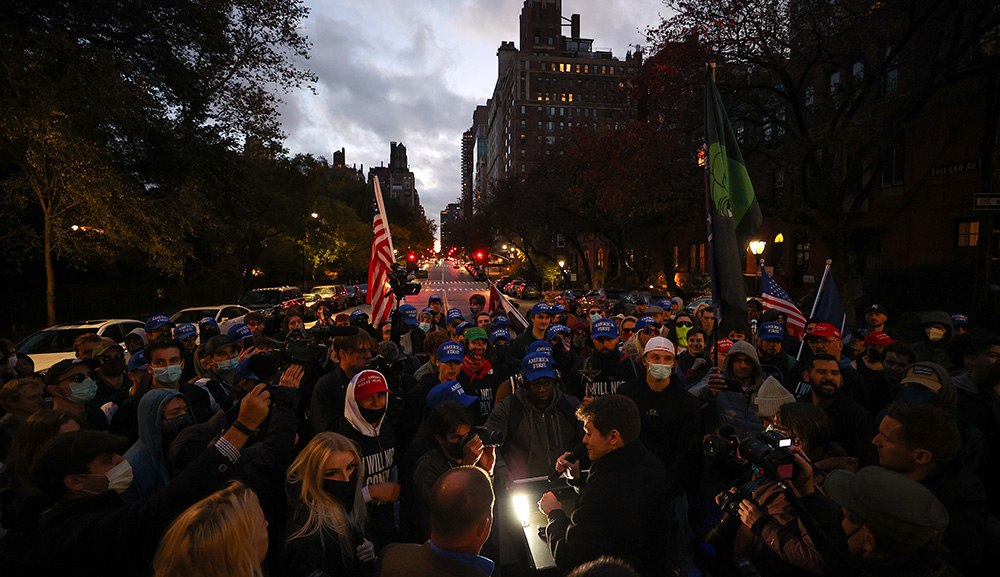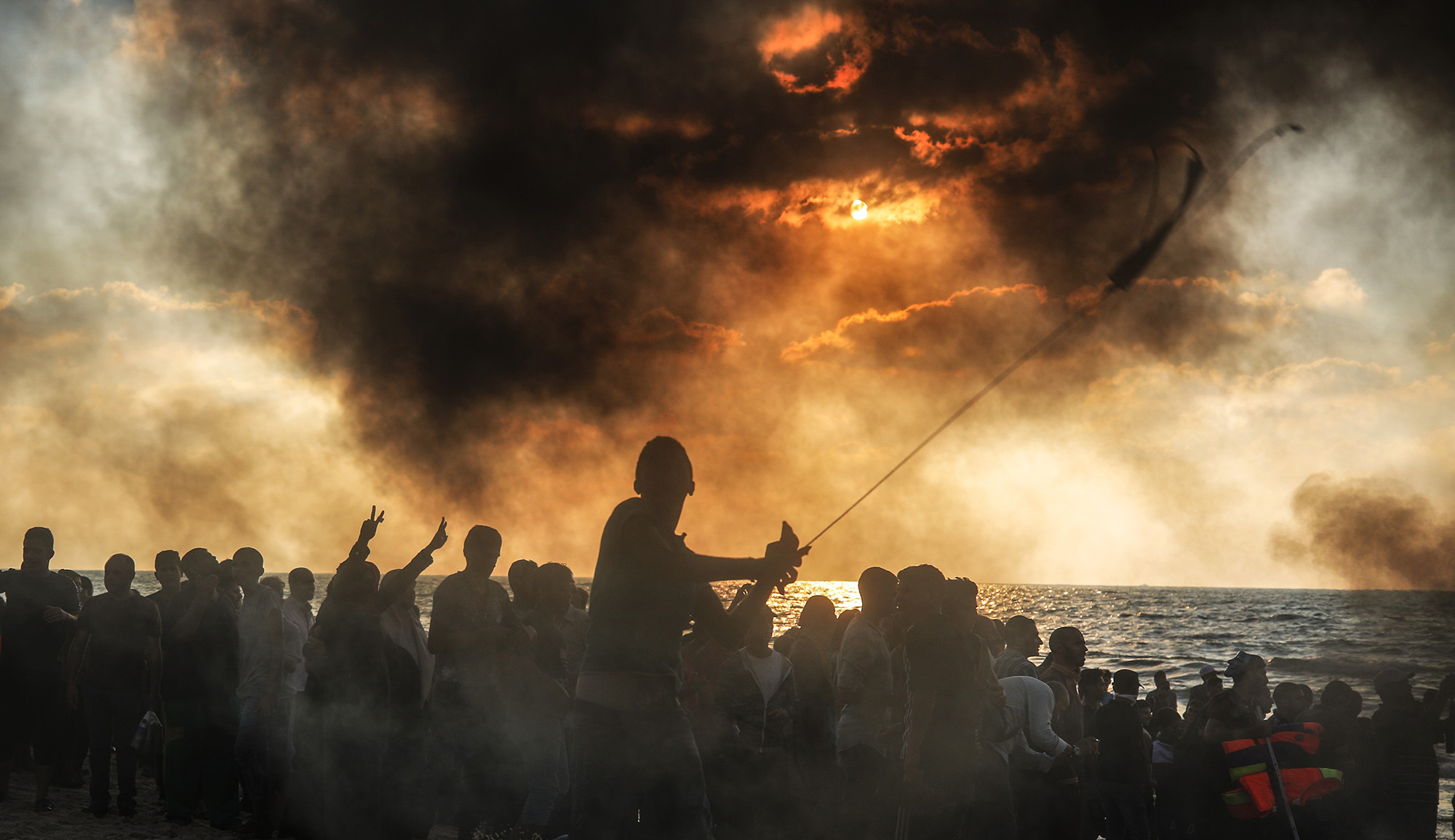According to local tradition, a shrine in the Iranian city of Hamadan marks the burial place of Mordecai and Esther—the heroes of the Purim holiday, which is celebrated tomorrow and Thursday. The Israel National Library has recently publicized a series of letter that document the purchase of the tomb by Jewish communal leaders in 1971. Hanan Greenwood writes:
There is no mention of [the] burial site in Jewish texts, making the issue of their tomb a matter of dispute. According to several traditions dating back to the Middle Ages, the two Jewish figures are buried in Hamadan. According to one of the traditions, following the death of King Ahasuerus, supporters of Haman, who attempted to have all the Jews in the kingdom killed, sought to exact revenge from Esther and Mordecai, prompting the two to flee to Hamadan.
Initial evidence of the mausoleum’s ties to Esther and Mordecai was provided by the medieval Jewish traveler Benjamin of Tudela in the 12th century; [he] estimated Hamadan to have around 50,000 Jewish residents and described the tomb as being situated in front of the synagogue.
More about: Benjamin of Tudela, Esther, Jewish cemeteries, Mordecai, Persian Jewry


